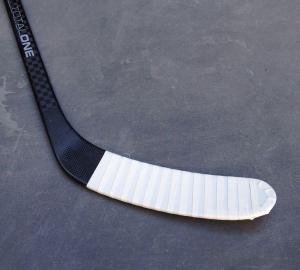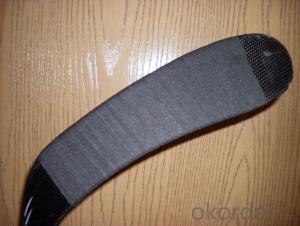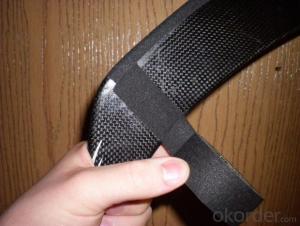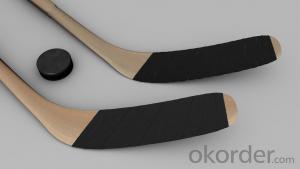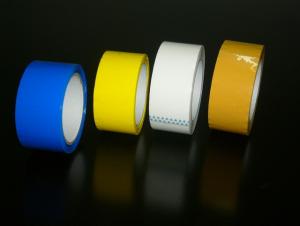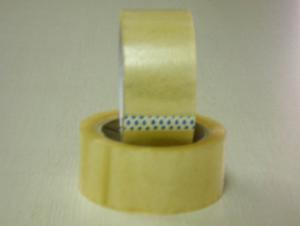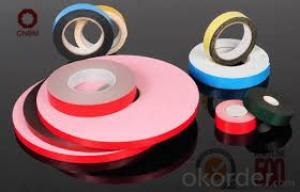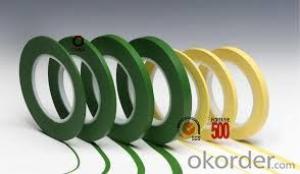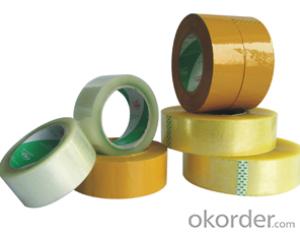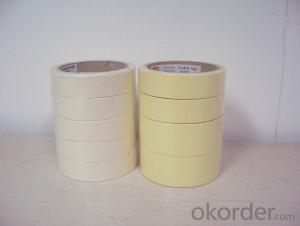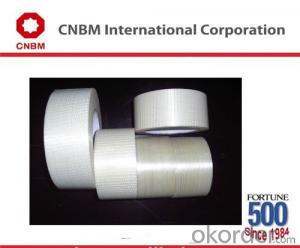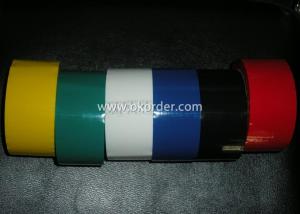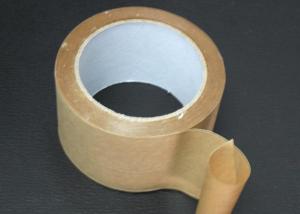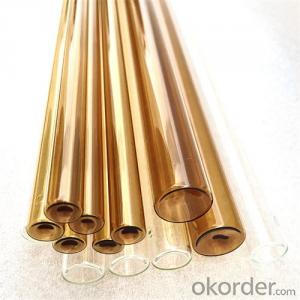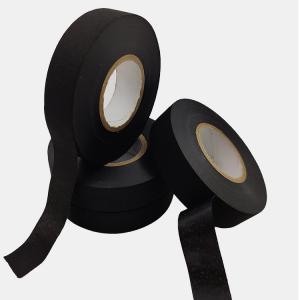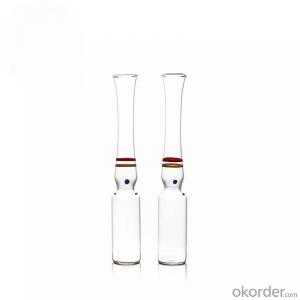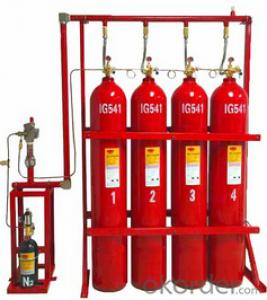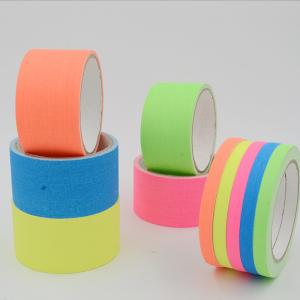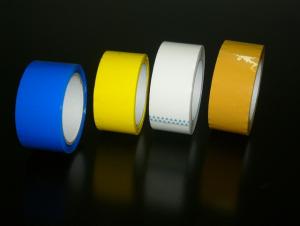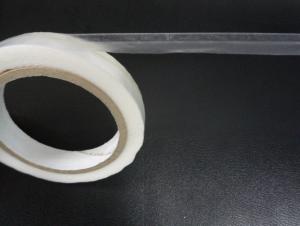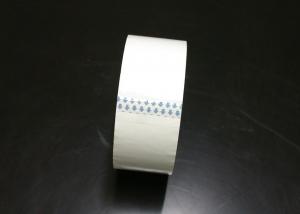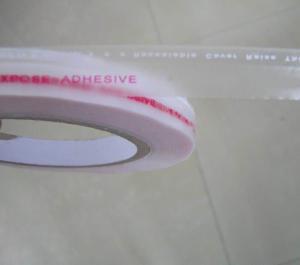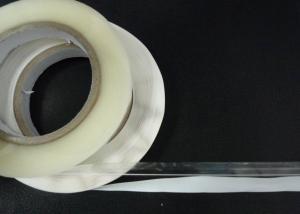Hockey Stick Tape Stretch Grip Hot Sales
- Loading Port:
- Shanghai
- Payment Terms:
- TT OR LC
- Min Order Qty:
- 100 roll
- Supply Capability:
- 3000000 roll/month
- Option:
- Cloth Tape
OKorder Service Pledge
OKorder Financial Service
You Might Also Like
Item specifice
Hockey Stick Tape Stretch Grip Hot Sales
Product Description
Cloth/Cotton hockey Tape is of cotton cloth as carrier and hot melt or rubber as adhesive. Self-adherent bandaging tape, no clips or pins needed and will not stick to hair or skin.
FEATURES:
Easy-tear by hand
Leave no residue to skin
Strong adhesive
Extremely conformable
Anti-Slip

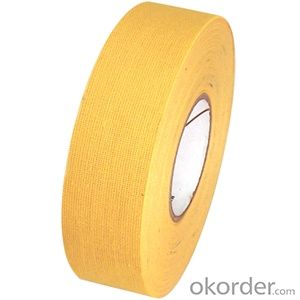
Data Sheet
Item | Hockey Tape |
Carrier | 100% Polyester |
Adhesive | Rubber Adhesive |
Width | 24mm |
Color | White |
Tensile Strength | ≥190 N/cm |
Elogation | ≥26% |
Packing | Carton |
Delivery | Within 10 Days |
Payment | TT & LC Paypal |
Exhibition Domestic and Oversea

Company
We supply various adhesive tapes: cloth tape, double sided tape, PVC tape, aluminum foil tape, Opp tape, masking tape and so on. All our products have been SGS and ISO9001 certified and exported with Grade AA approval.
FAQ
1. Why choose us?
A short lead time
Quality guarantee with third party certification
One-step service: transportation, capital etc.
2. What can we do for you?
Professional consultation on your local market
Custom-made advices for your need
Free samples of hockey tape
3. Packing and Shipping
72 Rolls per Caron.
4. What is other specifications of adhesive tapes?
Pure PVC Hockey Tape
5. Delivery time
10 days after receiving the deposit
- Q:Is packaging tape resistant to moisture or humidity?
- Indeed, packaging tape typically exhibits resistance to moisture and humidity. The majority of packaging tapes incorporate materials like polypropylene or acrylic, renowned for their capacity to endure moisture and humidity. These tapes are purposefully crafted to establish a robust seal on boxes and packages, effectively thwarting the infiltration of water or moisture. Furthermore, packaging tapes frequently boast an adhesive that is meticulously formulated to retain its stickiness, even amidst humid conditions. Nevertheless, it is crucial to acknowledge that the extent of resistance may fluctuate depending on the precise type and caliber of packaging tape employed.
- Q:What are the benefits of using double-sided packaging tape?
- There are several benefits of using double-sided packaging tape. Firstly, it provides a strong and secure bond between two surfaces. This makes it ideal for packaging applications where you need to ensure that the contents stay in place during transit or storage. The double-sided tape creates a strong adhesive bond that holds the packaging materials together, minimizing the risk of items shifting or becoming damaged. Secondly, double-sided packaging tape is versatile and can be used for various purposes. It can be used to seal boxes, attach labels or documents, or even mount lightweight objects. This versatility makes it a valuable tool for both personal and professional packaging needs. Another benefit is that double-sided packaging tape is easy to use. Unlike traditional packaging tapes that require you to apply adhesive on both surfaces, double-sided tape already has adhesive on both sides, making it a convenient option. It saves time and effort as you simply need to peel off the backing and apply the tape to the desired surface. Furthermore, double-sided packaging tape offers a neat and clean appearance. Since the tape is hidden between the surfaces it is bonding, it creates a seamless look without any visible tape lines. This can be particularly useful when packaging gifts or products that need to maintain a professional and presentable appearance. Lastly, double-sided packaging tape is often designed to be durable and long-lasting. It can withstand various environmental conditions, such as temperature changes, humidity, or exposure to moisture, without losing its adhesive properties. This ensures that your packaging remains intact and secure for an extended period. In summary, the benefits of using double-sided packaging tape include strong adhesion, versatility, ease of use, a clean appearance, and durability. Whether you are packaging items for personal or professional purposes, double-sided packaging tape can provide a reliable and efficient solution.
- Q:How does packaging tape perform on rubber surfaces?
- Packaging tape performs relatively well on rubber surfaces. The adhesive on packaging tape is designed to adhere to a variety of materials, including rubber. When properly applied, packaging tape provides a strong bond to rubber surfaces, effectively securing packages or materials together. However, it is important to note that the effectiveness of packaging tape on rubber surfaces may vary depending on the specific type of rubber and the condition of the surface. In some cases, the tape may not adhere as strongly to certain types of rubber, especially if the surface is rough or dirty. It is always recommended to clean and dry the rubber surface before applying packaging tape for optimal adhesion. Additionally, extreme temperatures and moisture may affect the performance of packaging tape on rubber surfaces, so it is advised to store and use the tape within the recommended temperature range and avoid exposing it to excessive moisture. Overall, packaging tape can provide a reliable and secure bond on most rubber surfaces, making it a suitable choice for packaging and securing materials.
- Q:Is packaging tape waterproof?
- Yes, packaging tape is typically waterproof. It is designed to be resistant to moisture and can provide a strong seal, preventing water from seeping into the package. However, it is important to note that the level of waterproofing may vary depending on the quality and type of packaging tape used. Some tapes may provide a more secure seal than others, so it is always recommended to choose a tape specifically designed for packaging and sealing purposes.
- Q:Can packaging tape be used for sealing glass bottles?
- Indeed, glass bottles can be sealed using packaging tape. Nevertheless, it is crucial to acknowledge that packaging tape is not explicitly crafted for the purpose of sealing glass bottles; hence, it may not offer the equivalent level of robustness and air-tightness as dedicated bottle sealing techniques. Moreover, the adhesive on packaging tape may fail to adhere effectively to glass surfaces, potentially resulting in leakage or breakage. To guarantee optimal outcomes, it is advisable to employ appropriate bottle sealing methods like cork stoppers, screw caps, or specialized bottle sealing tapes specifically designed for glass bottles.
- Q:Can packaging tape be used for other purposes?
- Yes, packaging tape can certainly be used for other purposes beyond its primary use of sealing packages. Due to its strong adhesive properties and durability, it can be used for various other applications. One common alternative use of packaging tape is for organizing and bundling items together. Whether it's sorting cables and cords, securing loose items, or grouping similar items, packaging tape can effectively keep things neatly organized. It can also be used to secure items to walls or surfaces temporarily, such as posters or decorations, without causing any damage. Additionally, packaging tape can be utilized for crafting and DIY projects. Its adhesive nature makes it a great material for creating temporary or permanent bonds between different materials. It can be used to repair torn papers, create labels or tabs, or even make custom stickers. Its versatility and availability in different widths and lengths make it a handy tool for various creative endeavors. Moreover, packaging tape can be utilized for household fixes and repairs. From mending broken items to reinforcing weak joints, the strong adhesive properties of packaging tape can provide a quick and temporary solution. It can also be used to seal minor leaks or cracks temporarily until a proper repair can be made. In conclusion, while packaging tape is primarily designed for sealing packages, its strong adhesive properties and versatility make it suitable for various other purposes. Whether it's organizing, crafting, or quick fixes, packaging tape can be a useful tool to have on hand.
- Q:How do I prevent packaging tape from becoming brittle?
- In order to avoid packaging tape from becoming brittle, there are several steps that can be taken: 1. Proper storage is key. Ensure that the packaging tape is stored in a cool and dry location, away from direct sunlight. Extreme temperature fluctuations can lead to tape brittleness, so it is important to maintain a consistent environment to prolong its lifespan. 2. Excessive tension should be avoided when applying the tape. It is best not to stretch the tape too tightly or apply excessive pressure, as this can strain the adhesive and cause it to lose flexibility, resulting in brittleness. 3. Selecting the appropriate tape is essential. Different types of packaging tapes have varying levels of durability. Depending on your specific needs, choose a tape that is specifically designed for heavy-duty or long-term use. These tapes often have stronger adhesives and materials that are less prone to becoming brittle. 4. Handle the tape with care during use. It is important to handle the tape gently to avoid unnecessary stress. Pulling or tugging forcefully on the tape can weaken its structure and lead to brittleness. 5. Replace old tape when necessary. If you notice that your packaging tape has started to become brittle or lose its adhesive strength, it is best to replace it with fresh tape. Using old and brittle tape may compromise the security of your packaging, increasing the risk of it breaking or coming undone during transit. By following these preventive measures, you can help maintain the flexibility and durability of your packaging tape, ensuring it remains reliable for your packaging needs.
- Q:Are there any specific instructions for reusing packaging tape?
- Yes, there are some specific instructions for reusing packaging tape. Here are a few guidelines to follow: 1. Carefully remove the tape from the package: When you receive a package, try to remove the tape as gently as possible to avoid tearing or damaging it. 2. Clean the tape: If the tape has any dirt, dust, or residue on it, you can clean it by wiping it gently with a damp cloth. Make sure to let it dry completely before reusing. 3. Check the adhesive strength: Before reusing the tape, check if the adhesive is still strong enough to hold securely. If it has lost its stickiness or if it is damaged, it is recommended to discard it and use a new piece of tape. 4. Store the tape properly: To keep the tape in good condition for future use, store it in a cool, dry place away from direct sunlight. This will help prevent it from drying out or becoming brittle. 5. Use it for light to medium-duty tasks: Reused packaging tape may not be as strong as new tape, so it is best suited for light to medium-duty tasks. Avoid using it for heavy items or applications where a stronger adhesive is required. Remember, while reusing packaging tape is a great way to reduce waste, it is important to prioritize functionality and security. If the tape is damaged or loses its adhesive strength, it is best to replace it with a new piece to ensure your package is properly sealed.
- Q:How does packaging tape perform in high humidity environments?
- Packaging tape tends to work effectively in environments with high humidity, although its performance depends on the specific type and quality of the tape. Most packaging tapes are designed to withstand moisture and humidity to some degree, as they are commonly used in various climates and conditions. However, extended exposure to high humidity can weaken the adhesive properties of the tape, causing it to lose its effectiveness in sealing packages. In environments with high humidity, the moisture in the air can have an impact on the tape's ability to securely adhere. The adhesive on the tape may become less sticky or fail completely, resulting in the tape peeling off or losing its grip on the packaging. This can lead to packages becoming unsealed, potentially resulting in damage or loss of contents during transportation or storage. To minimize the effects of high humidity, it is advisable to use packaging tapes specifically designed for such conditions. There are tapes available that have been specifically formulated with adhesives resistant to moisture or have been reinforced with additional layers to enhance their strength and durability in humid environments. These tapes are capable of maintaining their adhesive properties even when faced with high levels of humidity. It is also important to store packaging tapes properly in a controlled environment with low humidity when they are not being used. Exposure to excessive moisture or humidity can negatively impact the tape's performance even before it is applied to packages. Storing the tape in a cool and dry place can help preserve its integrity and ensure it remains effective when needed. In conclusion, although packaging tape generally performs well in high humidity environments, it is essential to consider the quality and type of tape being used. Opting for moisture-resistant or reinforced tapes and storing them appropriately can help maintain their effectiveness in sealing packages, even in challenging humidity conditions.
- Q:Can packaging tape be used for sealing chemical or hazardous material containers?
- Packaging tape is not recommended for sealing chemical or hazardous material containers. This is because packaging tape typically does not have the necessary properties to effectively contain and prevent leakage of these substances. Chemical or hazardous materials often require specialized containers and sealing methods to ensure safety and compliance with regulations. These containers are designed to withstand the corrosive or reactive nature of the substances they hold, and their seals are engineered to provide a secure and leak-proof closure. Using packaging tape to seal chemical or hazardous material containers can pose risks such as leakage, contamination, and exposure to harmful substances. It may not provide a reliable barrier against leaks or spills, which could result in accidents, injuries, or environmental damage. To properly seal chemical or hazardous material containers, it is recommended to use specific sealing materials that are designed for these purposes. This may include specialized caps, gaskets, or seals that are compatible with the particular substance being contained. Additionally, it is crucial to follow the guidelines and regulations provided by relevant authorities for the safe handling, storage, and transportation of these materials.
1. Manufacturer Overview |
|
|---|---|
| Location | |
| Year Established | |
| Annual Output Value | |
| Main Markets | |
| Company Certifications | |
2. Manufacturer Certificates |
|
|---|---|
| a) Certification Name | |
| Range | |
| Reference | |
| Validity Period | |
3. Manufacturer Capability |
|
|---|---|
| a)Trade Capacity | |
| Nearest Port | |
| Export Percentage | |
| No.of Employees in Trade Department | |
| Language Spoken: | |
| b)Factory Information | |
| Factory Size: | |
| No. of Production Lines | |
| Contract Manufacturing | |
| Product Price Range | |
Send your message to us
Hockey Stick Tape Stretch Grip Hot Sales
- Loading Port:
- Shanghai
- Payment Terms:
- TT OR LC
- Min Order Qty:
- 100 roll
- Supply Capability:
- 3000000 roll/month
- Option:
- Cloth Tape
OKorder Service Pledge
OKorder Financial Service
Similar products
New products
Hot products
Related keywords
